Pearl Harbor, Hawaii. Sunday. December 7, 1941. 7:49am.
“One hour and forty minutes after leaving the carriers I knew that we should be nearing our goal. Small openings in the thick cloud cover afforded occasional glimpses of the ocean, as I strained my eyes for the first sight of land. Suddenly a long white line of breaking surf appeared directly beneath my plane. It was the northern shore of Oahu.
Veering right toward the west coast of the island, we could see that the sky over Pearl Harbor was clear. Presently the harbor itself became visible across the central Oahu plain, a film of morning mist hovering over it. I peered intently through my binoculars at the ships riding peacefully at anchor. One by one I counted them. Yes, the battleships were there all right, eight of them! But our last lingering hope of finding any carriers present was now gone. Not one was to be seen.
It was 0749 when I ordered my radioman to send the command, ‘Attack!’ He immediately began tapping out the pre-arranged code signal: ‘TO, TO, TO…’
Leading the whole group, Lieutenant Commander Murata’s torpedo bombers headed downward to launch their torpedoes, while Lieutenant Commander Itayay’s fighters raced forward to sweep enemy fighters from the air. Takahashi’s dive-bomber group had climbed for altitude and was out of sight. My bombers, meanwhile, made a circuit toward Barbers Point to keep pace with the attack schedule. No enemy fighters were in the air, nor were there any gun flashes from the ground.
The effectiveness of our attack was now certain, and a message, ‘Surprise attack successful!’ was accordingly sent to Akagi [Flagship of the Japanese attack fleet] at 0753. The message was received by the carrier and duly relayed to the homeland, …
Account of Commander Mitsuo Fuchida, commanding the carrier Akagi’s air group and the first element to attack Pearl Harbor.
The attack on the US Pacific Fleet anchored at Pearl Harbor was coming of age moment for the United States. While never quite the “isolationist” power many have portrayed us (in the 23 years since the end of World War I, US military forces had been deployed to Haiti, China, Honduras, Russia, Turkey, and Nicaragua), this would mark the first time that combat had been forced upon the United States by a foreign power and it would delineate a clear break from all our military and diplomatic history before. Instead of a primarily mercantile power, the end of World War II would find the United States forced into the role of confronting the hostile political alliance led by the now-defunct USSR. We would maintain a peacetime draft for nearly 30 years and have troops deployed throughout the world until today.
As Scott Rasmussen says, it also created a generation that had an infinite, near religious faith in the federal government to solve big problems. A faith, as it turned out, was somewhat misplaced.
Pearl Harbor was more than a battle or a defeat or a beginning of a world war. It marks the end of the United States that was and the beginning of what it is.


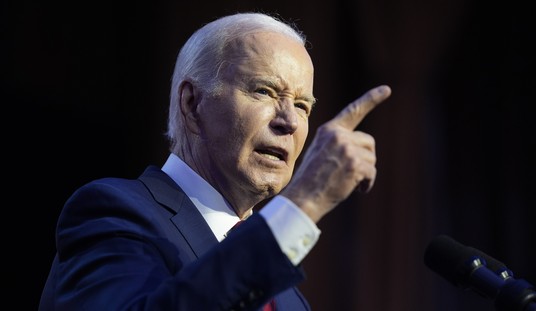


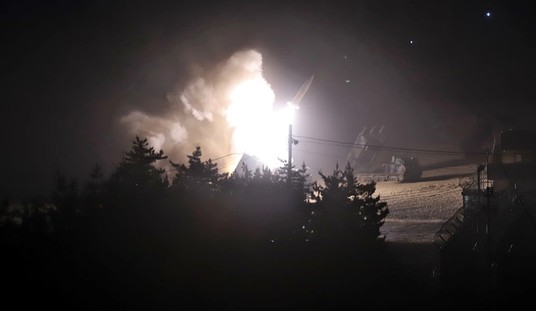

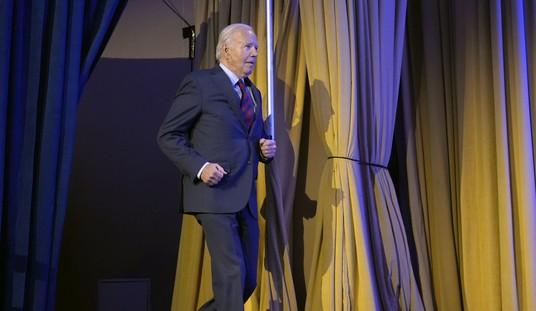
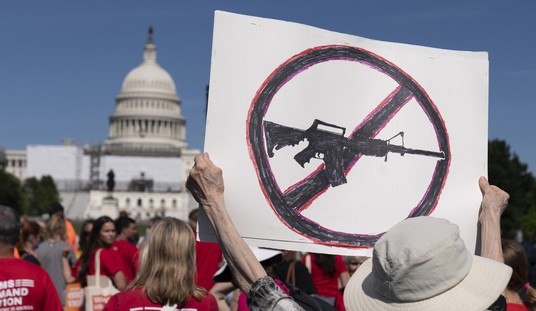
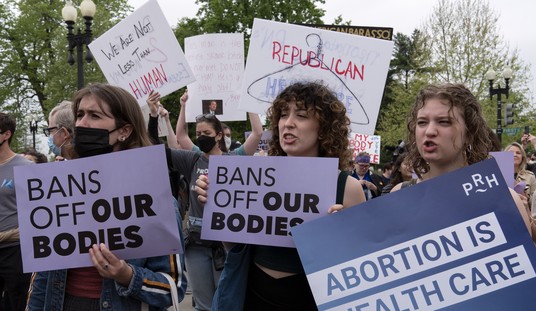
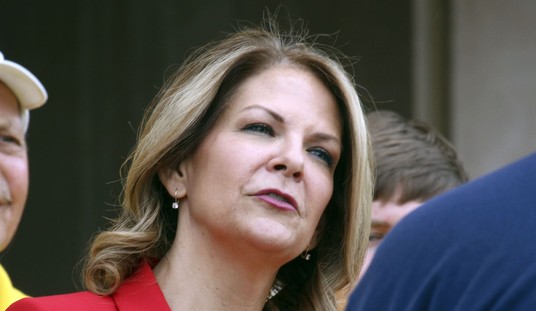

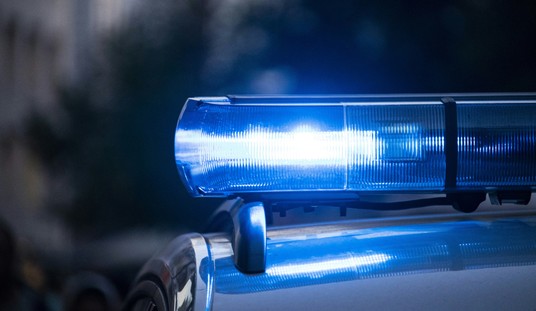


Join the conversation as a VIP Member